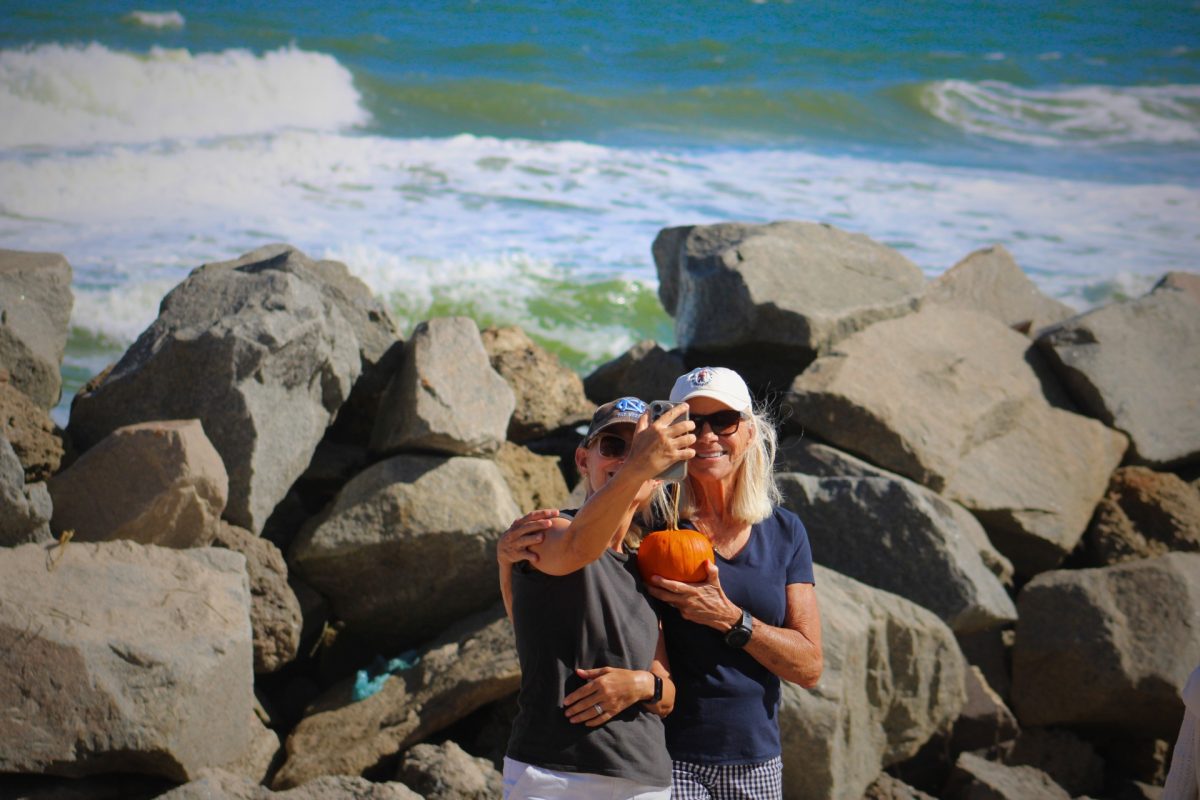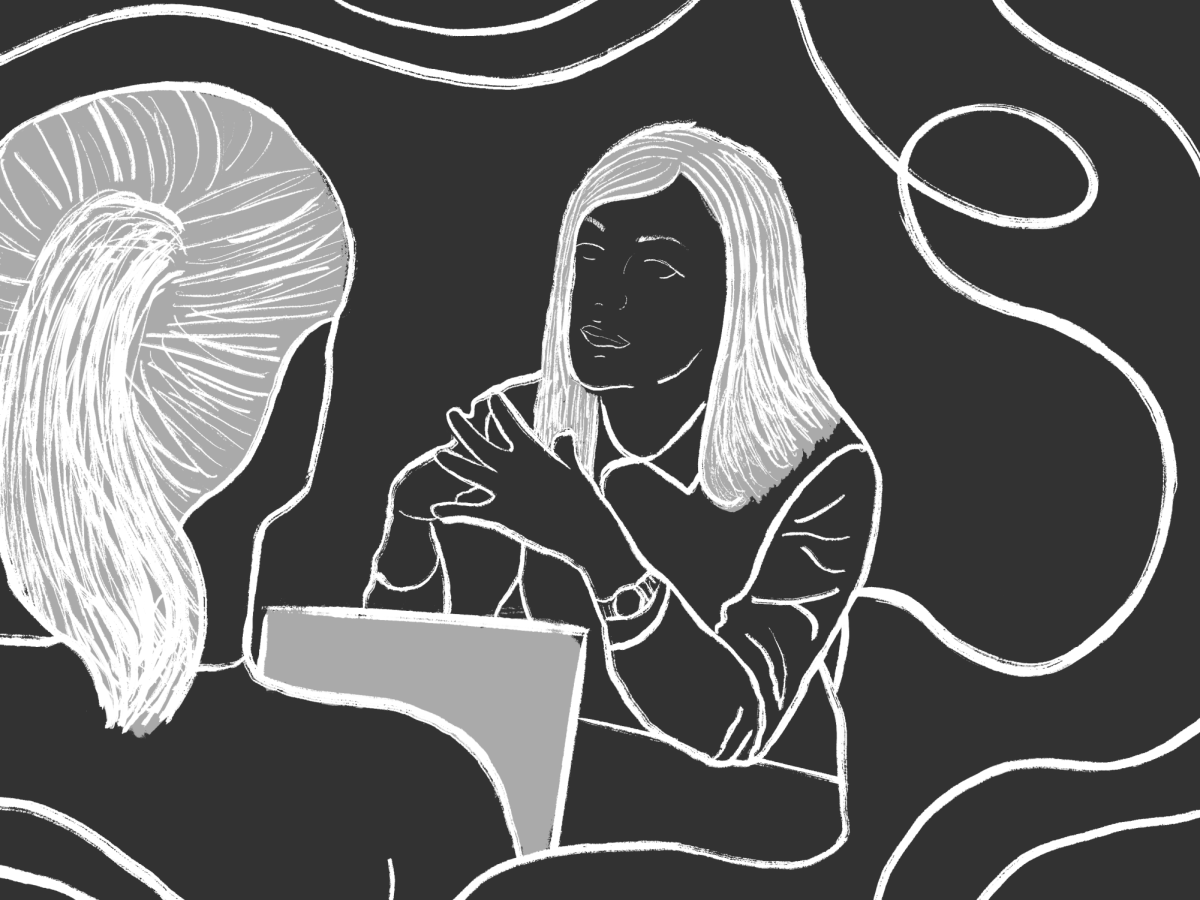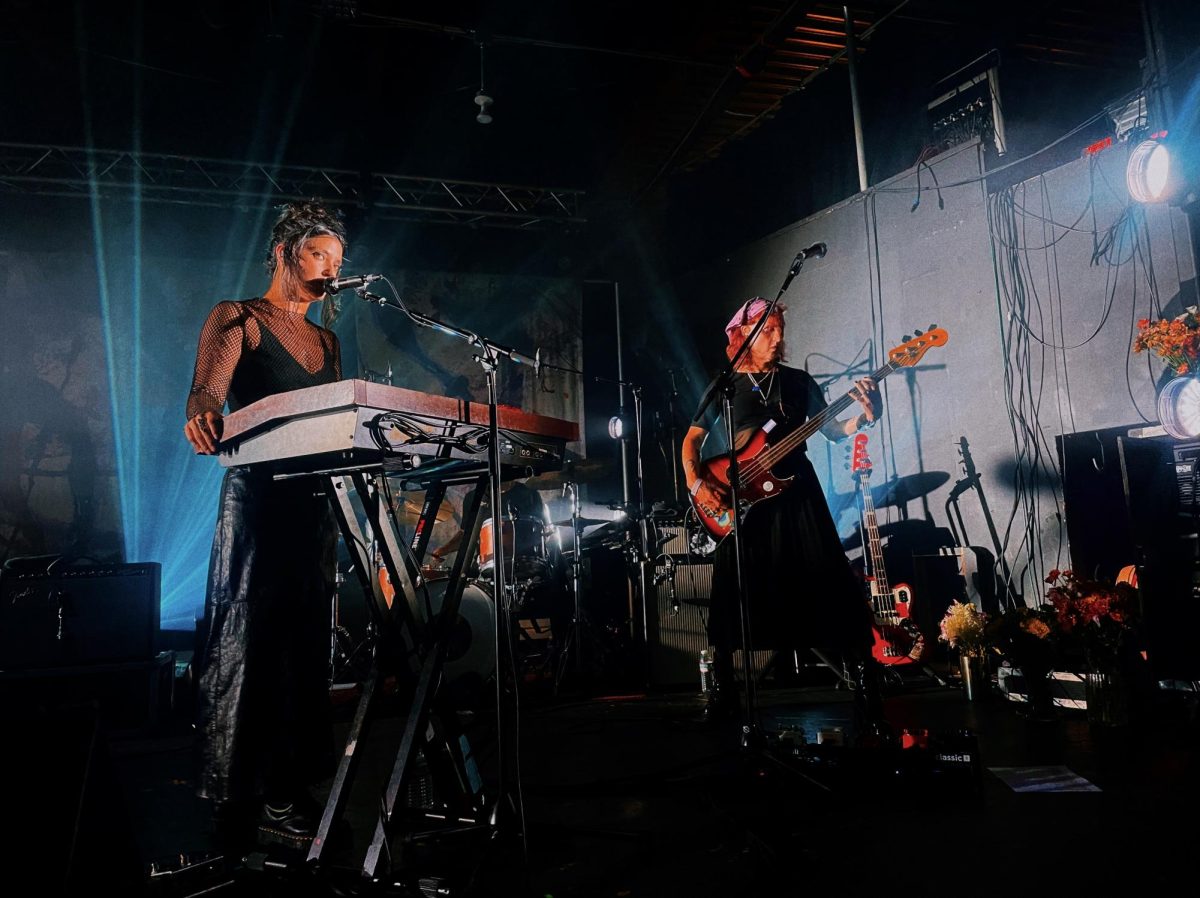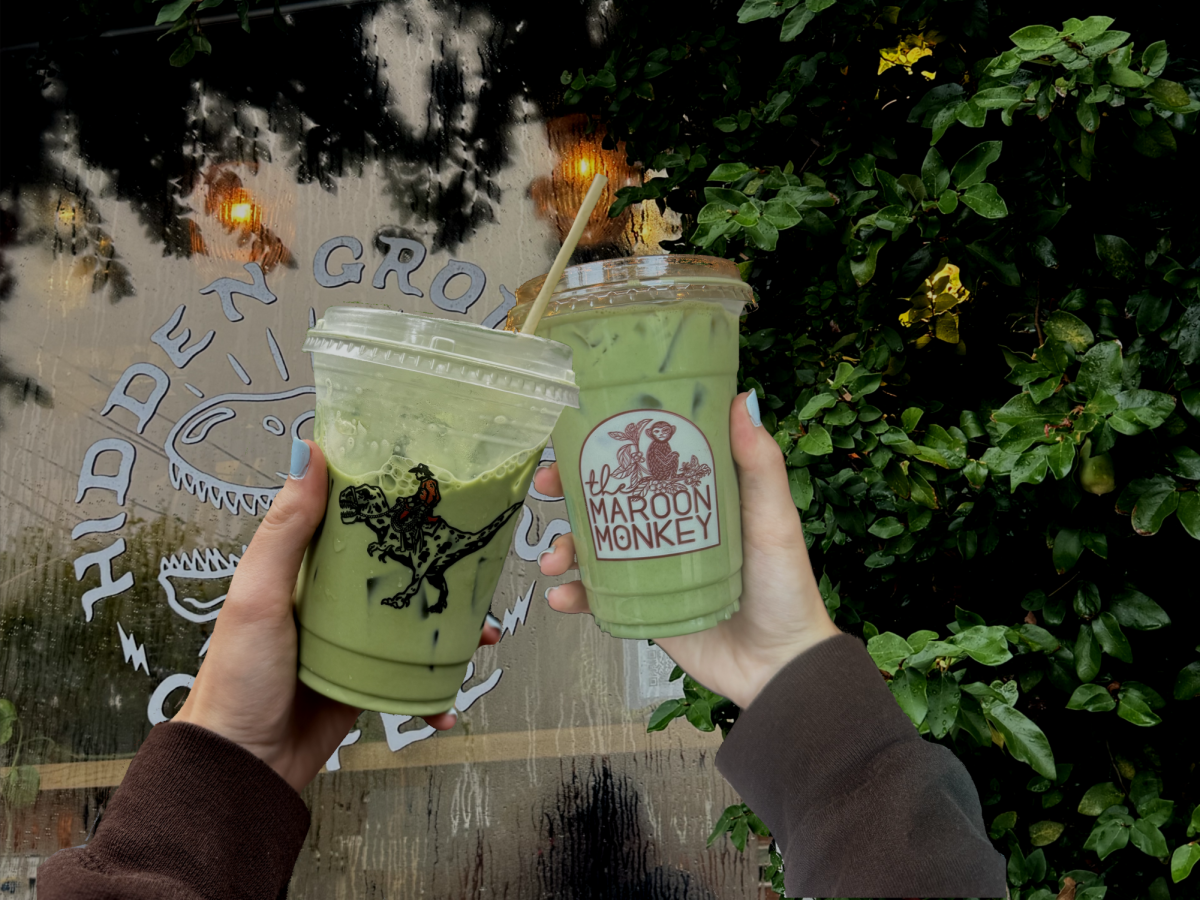To many people, social media is a way to stay in touch with friends and be entertained by content curated to their interests. However, social media can also influence consumers in ways that they don’t expect or even realize. Social media can impact what a consumer purchases if they see enough people on their feed using a certain product, and even what films they watch or books they read if the user sees enough promotions. There’s no question that the rise of social media has changed the way we interact with one another, but it has also altered the way that we interact with products and the arts, even books.
Social media has succeeded in popularizing reading through online groups and hashtags, such as Instagram’s “Bookstagram” and TikTok’s “BookTok.” In these communities, people share content about books and reading, ranging from book reviews and recommendations to pictures and videos meant to aestheticize reading by making it seem like a beautiful and cultured thing that only a select few will appreciate and enjoy.
Due to this, more young people have come to declare themselves as readers and purchase books that are commonly promoted on these platforms. The influence of online platforms has led to a growth of the publishing industry through the increase of book sales, and certain books have gained rampant success because of attention on social media. Popular titles include “The Song of Achilles” by Madeline Miller, “A Court of Thorns and Roses” by Sarah J. Maas, and “Fourth Wing” by Rebecca Yarrows.
Social media has also altered the way that books are marketed to the public. Bookstores, publishing houses and authors use social media to get the word out on new releases in order to coax the online reading community and consumers into purchasing their goods. Publishing houses often send out copies of their promising new releases to book influencers as advanced copies in order to get them to review and promote the book on their profile to get the attention of followers and increase the marketability of the book.
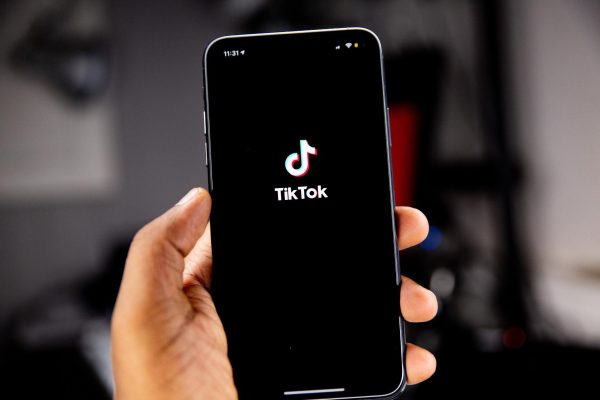
One benefit of social media is that it gives self-published authors a way to promote their work and gain a bigger audience without the use of chain bookstores and a large publishing house. However, social media is known to oversaturate consumer’s feeds with only a couple dozen different books and authors as they gain popularity in the algorithm through likes and shares. This process brings specific authors into the forefront of attention and success on these sites, allowing them to gain more followers and causing consumers to purchase their books.
The algorithm can cause other equally skilled authors to fall into obscurity because it is difficult for them to gain consumers’ attention. Other authors that are already popular are more likely to be recommended on user’s feeds and have successful and recognizable hashtags. Also, some publishers and agents may be hesitant to work with certain authors if they do not have a large social media following, since the author’s following is equated to the potential consumers that will purchase the book and lead to its success. The effect of social media on certain books is even evident in bookstores, as almost every store you walk into will have a specific table dedicated to books promoted by BookTok, with a sign above it reading, “#BookTok” or “BookTok Made Me Buy It.”
The pressures of social media and the desire for writers to succeed in promoting their books through the algorithm has caused the content in their stories to narrow as they focus on popular ideas, themes and plot points in their writing to gain a wider audience and better reception of their work. Authors are attempting to reach a larger audience through the algorithm by using certain topics and plot elements in their stories that have popular hashtags in order to gain more views and potential consumers.
This trend has become even more prevalent due to BookTok popularizing certain “tropes” – specific plot and story elements – which have gained popularity and their own viral hashtags, such as “enemies to lovers,” “slow burn,” “high fantasy,” “hurt/comfort” and more. There have been cases before social media when books have conformed to certain topics and themes due to a sudden boom in popularity. An example is when “Twilight” by Stephenie Meyer was published and gained a large readership; this led to an influx of stories using similar paranormal elements in order to conform to the new desires of consumers.
While social media is continuing to increase the popularity of reading and bolstering the publishing industry, it has also succeeded in lowering the variation of books available. Online platforms have given writers a new way to promote themselves by creating platforms in order to advance themselves and their books. However, social media has made it harder for them to find an audience because of how the algorithm has oversaturated consumer’s feeds with only a few popular books and authors. The majority of authors get lost in the mix. In an increasingly digital world, the rise of social media has brought an unprecedented time for readers and booksellers alike. No one can be certain whether it will continue to support readers and the publishing industry in the long run as technology continues to develop and change.



